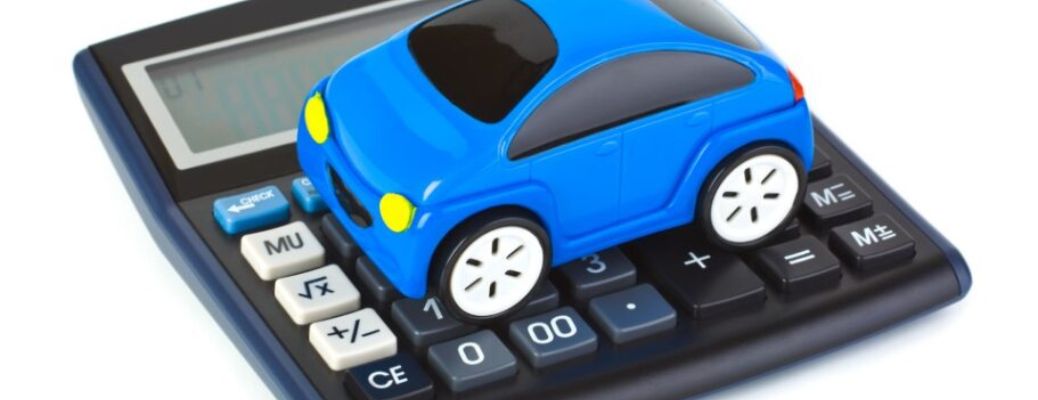Is it almost time for an oil change on your vehicle? It might be time for you to consider taking care of the oil change yourself to save some money and give you the confidence that the job is done right! Although some people believe that this is a job that can only be done by a mechanic, changing your oil can be done in just a few simple steps! Watch the step by step video below to learn how to correctly change the oil in your car or truck! Read the rest of this entry










